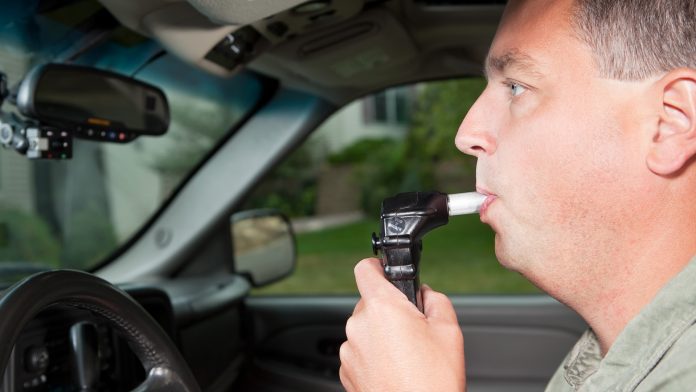
A University of California, Los Angeles team are getting closer to developing a handheld tool marijuana breath analyser.
The marijuana breath analyser device uses a fuel cell sensor that could detect THC on a person’s breath. Once the THC is introduced into the handheld device, it oxidises creating an electrical current that indicates how much of the psychoactive compound is present.
The paper, published in Organic Letters, was conducted by UCLA organic chemistry professor Neil Garg and researchers from the UCLA startup ElectraTect Inc.
The recent legalisation of marijuana in many states in America means that marijuana analyser tools could make roadways safer. Studies have shown that marijuana impairs certain driving skills and is associated with an elevated risk of accidents.
How does the marijuana breath analyser work?
The researchers wrote in their paper that when THC comes into contact with a negatively charged electrode, or anode, on one side of the device’s H-shaped glass chamber, it oxidises a new compound called THCQ. This sends electrons across the chamber to a positively charged electrode, or cathode, on the other side, generating a measurable electric current. The higher the concentration of THC molecules, the stronger the current.
This is the first time that THC has been used to power a fuel cell sensor. The researchers said they expect that the relatively simple, inexpensive technology, once perfected, can be scaled up for economical mass production, and they are currently working to refine the device to detect and measure THC in exhaled breath and to shrink it to a more compact size suitable for use in a handheld breath analyser or ignition interlock device — a marijuana breath analyser connected to a vehicle’s ignition that prevents it from starting if THC is detected.
Improving road safety
The marijuana breath analyser technology could make law enforcement fairer and improve road safety. Currently, urine or blood tests are used to detect THC in drivers but these tests are difficult to perform roadside and THC can also remain in the system for weeks following use without any cognitive effects. As these tests are not useful for identifying impaired drivers, this ambiguity can lead to unnecessary fines, imprisonment or loss of employment, even if the individual was not high when tested.
These issues highlight the need for innovative technologies such as the marijuana breath analyser for more accurate and easier detection. Whilst this commercial marijuana breath analyser based on the researcher’s technology would be several years off, they stressed that the tool could be utilised in situations beyond road safety and law enforcement. This development could be used where fair marijuana testing is critical, including in the workplace, where employees operate machinery, or at home.









